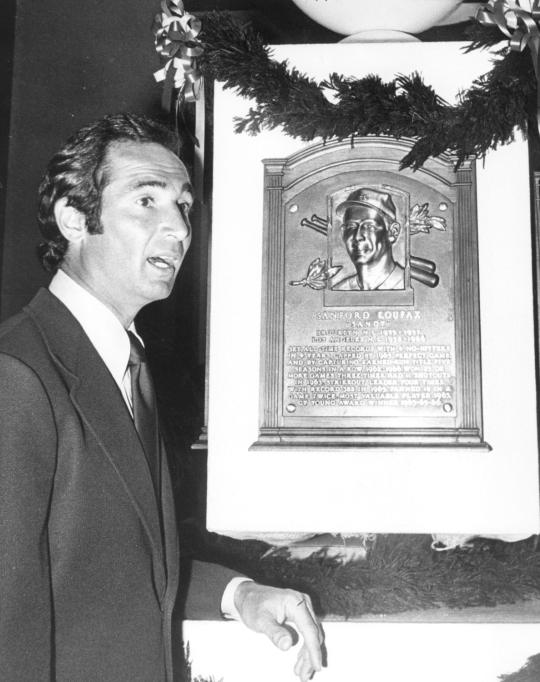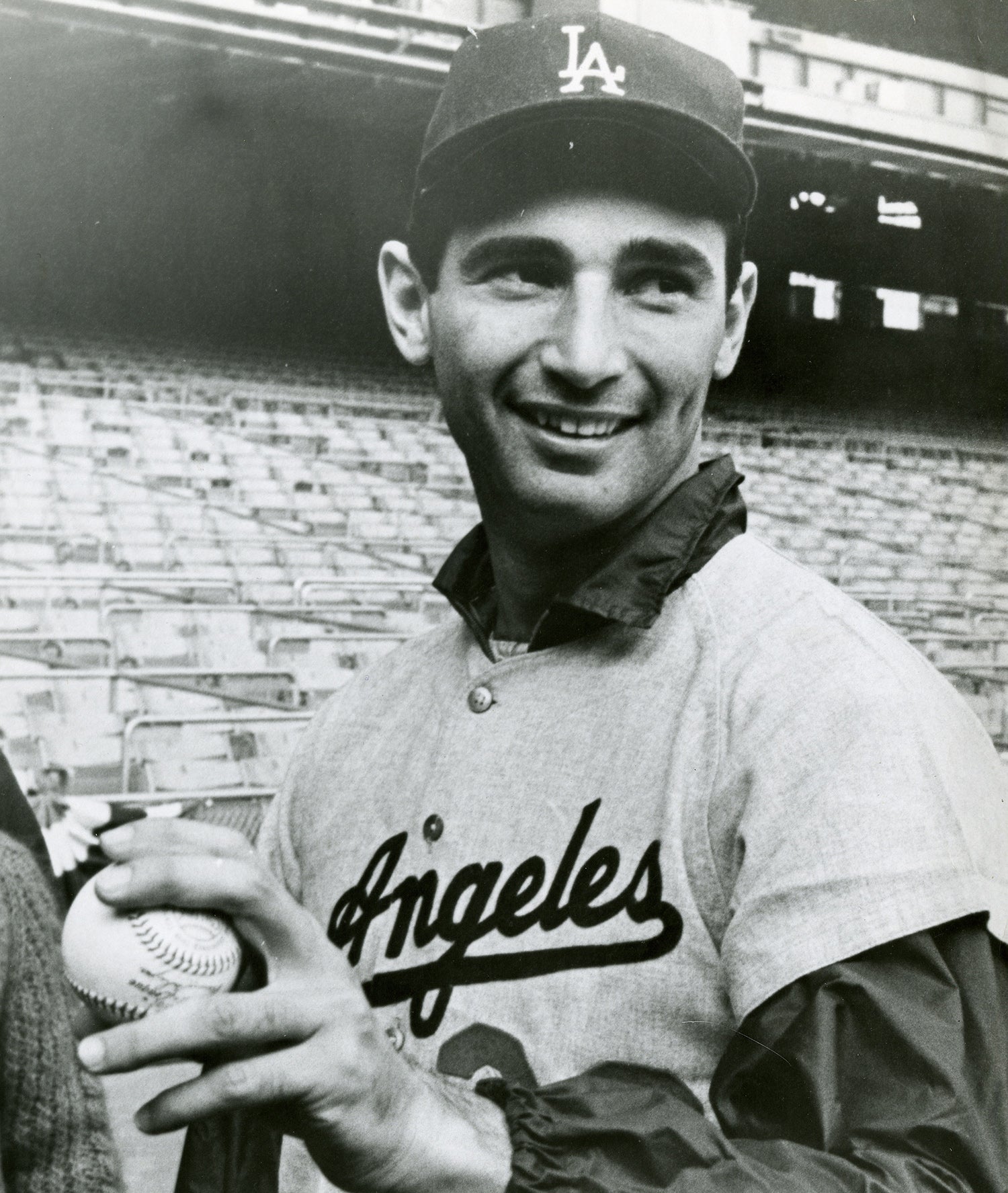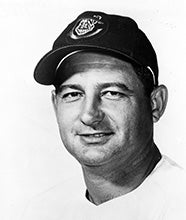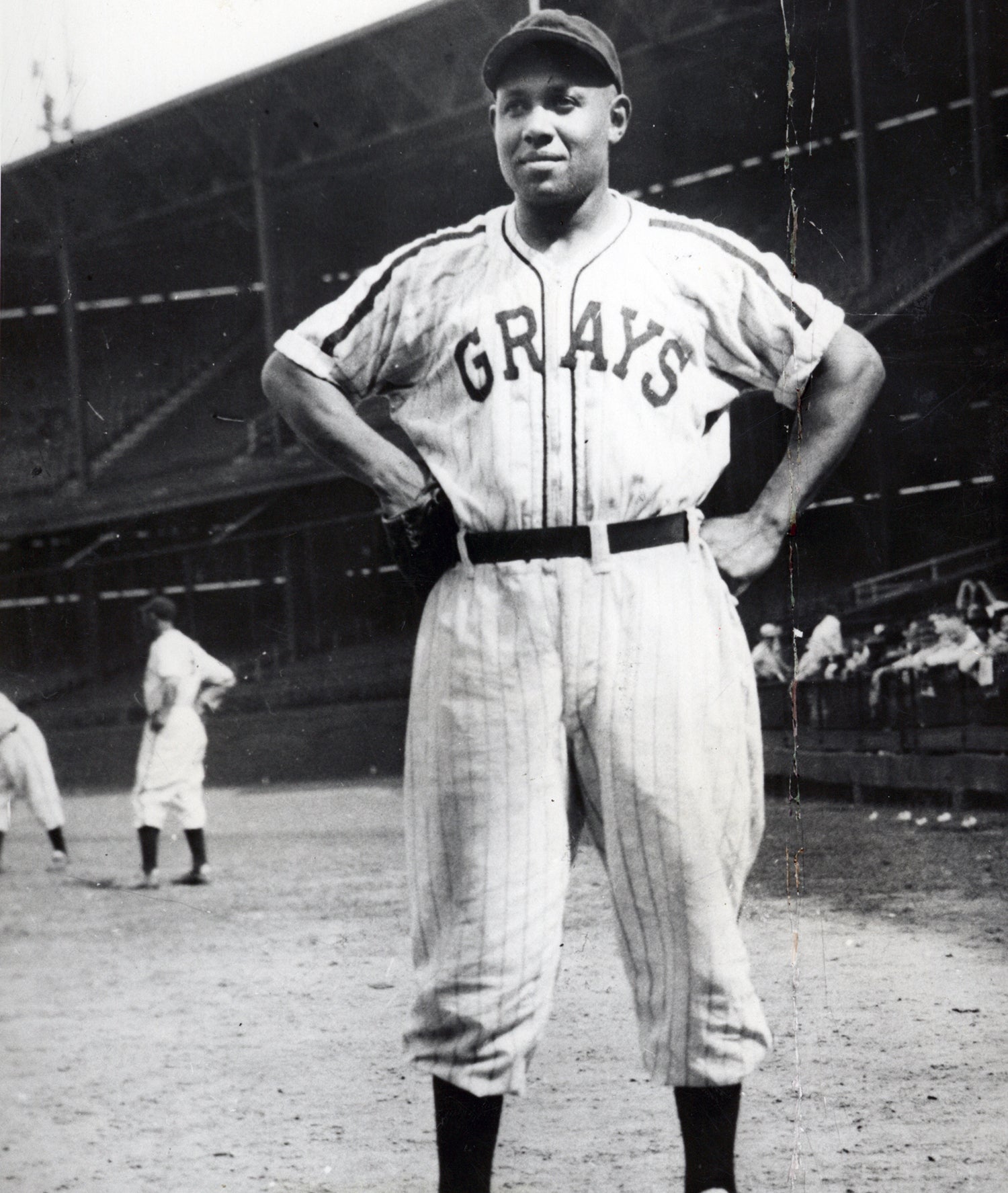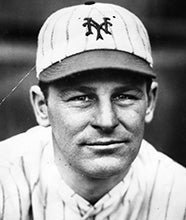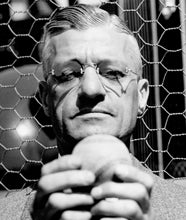- Home
- Our Stories
- Berra, Koufax inducted amid star-studded Class of 1972
Berra, Koufax inducted amid star-studded Class of 1972
A legendary left-hander with a dominant curveball and an iconic backstop with an unmatched World Series resume both joined the ranks of baseball’s greatest as part of the Class of 1972.
On Aug. 7, 1972, Sandy Koufax and Yogi Berra were inducted into the Hall of Fame in Cooperstown.
Hall of Fame Membership
There is no simpler, and more essential, way to demonstrate your support than to sign on as a Museum Member.
Official Hall of Fame Apparel
Proceeds from online store purchases help support our mission to preserve baseball history. Thank you!
The two headlined an eight-person Class of ’72. Along with them, Early Wynn was also elected by the Baseball Writers’ Association of America.
Lefty Gomez, Ross Youngs and former American League president Will Harridge were elected by the Veterans Committee, while Buck Leonard and Josh Gibson were elected by the Committee on Negro Baseball Leagues.
At 36, Koufax became the youngest player ever inducted. In 1966, the left-hander’s career was cut short due to traumatic arthritis in his elbow after just 12 seasons.
“Mine was a career that began ingloriously,” Koufax said in his induction speech.
Early in Koufax’s life, a career in baseball seemed unlikely.
He accepted a basketball scholarship to the University of Cincinnati, where he also played baseball.
He impressed scouts while in college and ultimately signed with his hometown Brooklyn Dodgers in 1954.
The size of Koufax’s signing bonus required him to remain in the major leagues immediately after he was signed, but he struggled early in his MLB career.
It wasn’t until the Dodgers moved to Los Angeles that he began to put together a Hall of Fame resume.
“I thought after my first six years in baseball, it was going to be, ‘Go out and look for another job,’” Koufax said.
Perhaps his most dominant season came in 1963, when he won the National League MVP and Cy Young Awards and led the league in wins, ERA, shutouts and strikeouts.
That same season, Koufax led the Dodgers to a four-game sweep of Berra’s Yankees in the World Series.
“I can see how he won 25 games,” Berra said of Koufax’s 1963 season. “What I don’t understand is how he lost five.”
Koufax went on to win two more Cy Young Awards in 1965 and 1966 and was part of another Dodgers World Series title team in 1965.
He was elected to the Hall of Fame in his first year on the ballot with 86.9 percent of the vote.
Berra’s career lasted much longer than his fellow inductee, and he collected numerous accolades over his 19 big league seasons.
Before his professional career began, Berra, a St. Louis native, had tryouts with the Browns and Cardinals, but neither fulfilled his contract requests.
When the New York Yankees agreed to give him a $500 signing bonus, he signed with them in October 1942. But he wouldn’t appear in the big leagues until 1946. After one professional season in the minors, he enlisted in the Navy. He returned to Triple-A in 1946 and made his MLB debut that September.
Berra became a dominant force behind and at the plate for the Yankees over the next 18 seasons, earning All-Star selections in 15 seasons, three American League MVP Awards and 10 World Series titles. He later went on to manage the Yankees and the New York Mets for parts of seven seasons.
“This is the most important day of my life,” Berra said in his induction speech. “I want to thank everybody who made it necessary.”
Berra finished his playing career with a .285 batting average and 358 home runs. He holds the record for most World Series appearances with 14, and he was elected to the Hall of Fame in his second year on the ballot with 85.6 percent of the vote.
“My only regret is that my father and mother, my brother John and Gil Hodges could not be here,” Berra said. “But I want to thank baseball for what it’s given me…I only hope that I can put something back.”
Janey Murray was the digital content specialist at the National Baseball Hall of Fame and Museum
Related Stories
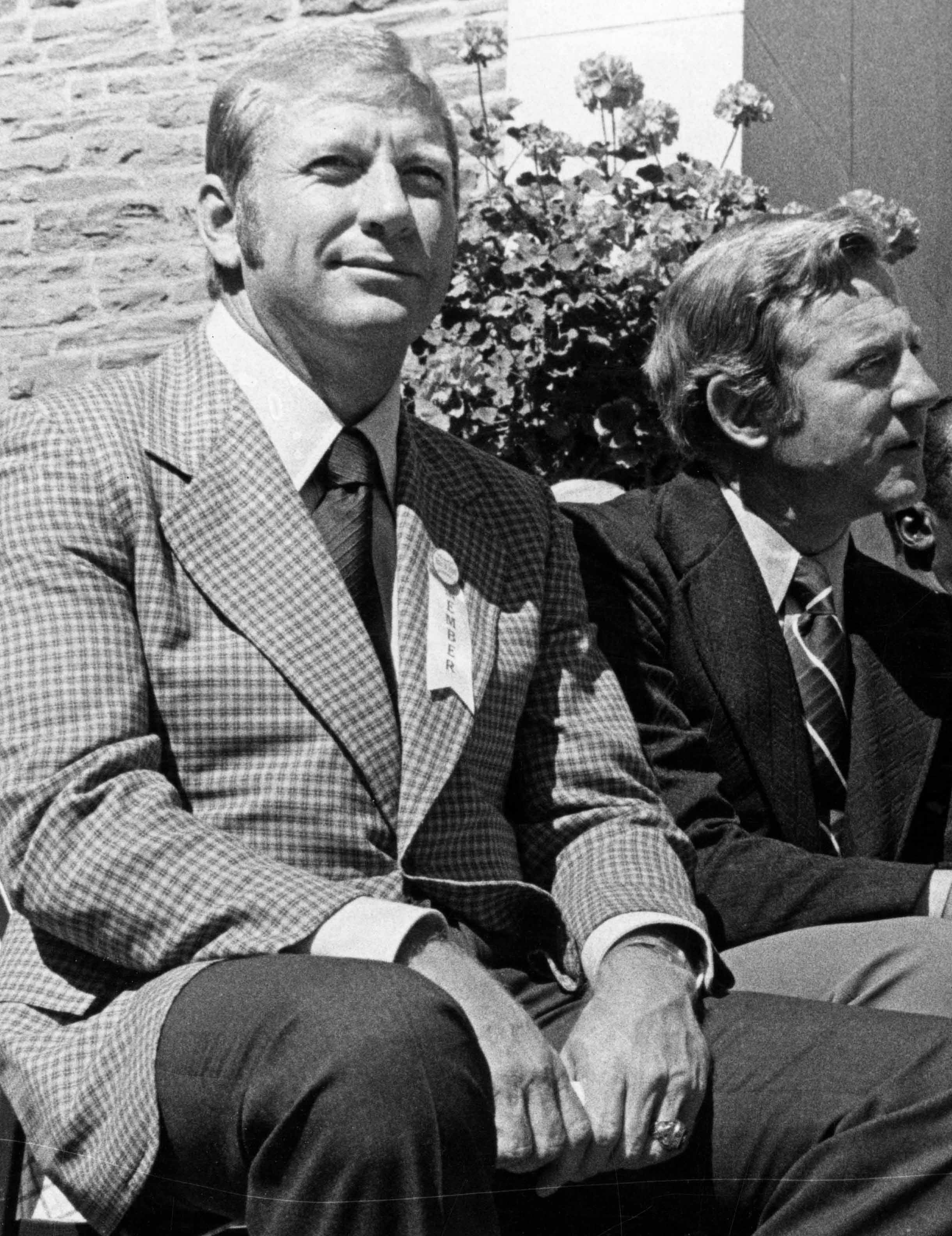
Mantle, Ford headline stellar Class of 1974

Giles, Wilson elected as part of Class of 1979

Banks set tone for Class of 1977 in Cooperstown

Joss, MacPhail, Mathews inducted as Class of 1978
Related Stories

Mantle, Ford headline stellar Class of 1974

Giles, Wilson elected as part of Class of 1979

Banks set tone for Class of 1977 in Cooperstown



